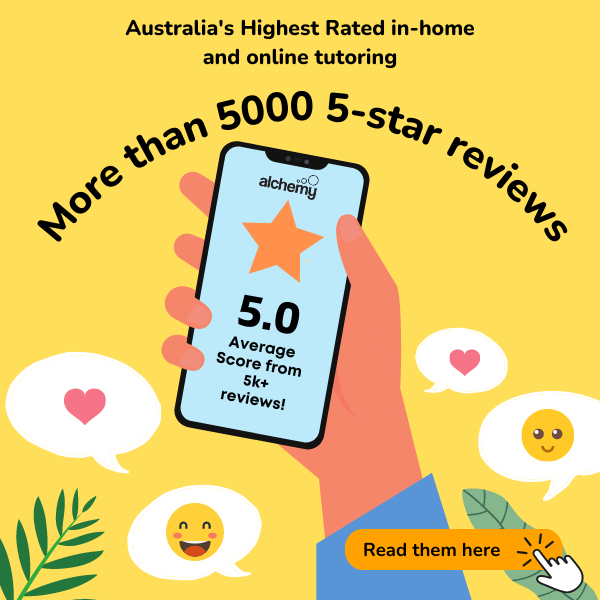It can be tricky to figure out what the expectations for an impressive creative writing piece are; especially with the new English syllabus. This list of do’s and don’ts for creative writing, however, are here to help:
Do’s:
- Use language techniques – and lots of them! Especially in the new syllabus, the Craft of Writing module often requires students to reflect on their own creative pieces of writing – encouraging students to actively integrate language techniques (for example, simile, symbolism, metaphors and lots more!) within their writing. Markers are specifically looking to see how effective your control of language is – that is, they are especially on the lookout for how well you are using literary techniques. So use as many language techniques as you can!
- You can never really predict what scenario or stimulus you will be given in the HSC English Exam – so the best way to prepare? Practice! By doing past HSC English papers which provide you with different stimulus for creative writing, you expose yourself to different kinds of questions that can be asked. Some examples of stimulus that you may be given:
- Quotes – With certain questions, you may be required to construct an imaginative piece that immediately continues from the quote given whilst in other questions, you are required to only take inspiration from a quote given. Another type of question includes one which requires you to insert the given quote where it fits appropriately within your creative piece.
- Visual stimulus – in which you are provided an image and required to compose an imaginative piece inspired by the image. The image may provide you a setting – in which you are expected to compose a story which reflects the setting which you are given. For example, for Module C, the 2019 Standard HSC English Exam provided an image of an alleyway as the stimulus – requiring students to utilise the given setting within their imaginative piece.
Don’ts:
- No clichés! HSC markers have seen it all – they’re tired of the same ideas and plots being used by students over and over again. Thinking about ending your creative piece with “It was all a dream”? No! Scrap that idea! For example – sure, the phrase “brave as a lion” utilises the literary technique simile, but it is completely void of any creativity. Instead, instead of implicitly calling the character “brave as a lion” – show their bravery through character traits and actions. Anything you do, avoid clichés at all costs.
- Don’t overcomplicate it! Of course, be creative; however, with that being sad, don’t make it harder for yourself. For example, don’t add unnecessary characters. Keep it at a minimum (1-3 characters is plenty) – this way, you don’t need to flesh out the personalities and features of various characters. Another example – avoid tricky genres. Complex genres such as historical or other niche genres require lots and lots of historical research for context and key events of the past. Just stick to what you know best!
Most of all – have fun whilst writing your imaginative writing for English! After all, it’s giving you a chance to stray away from the constraints of an essay; make the most of it. Be creative, have fun and write about something you’re genuinely passionate about!




